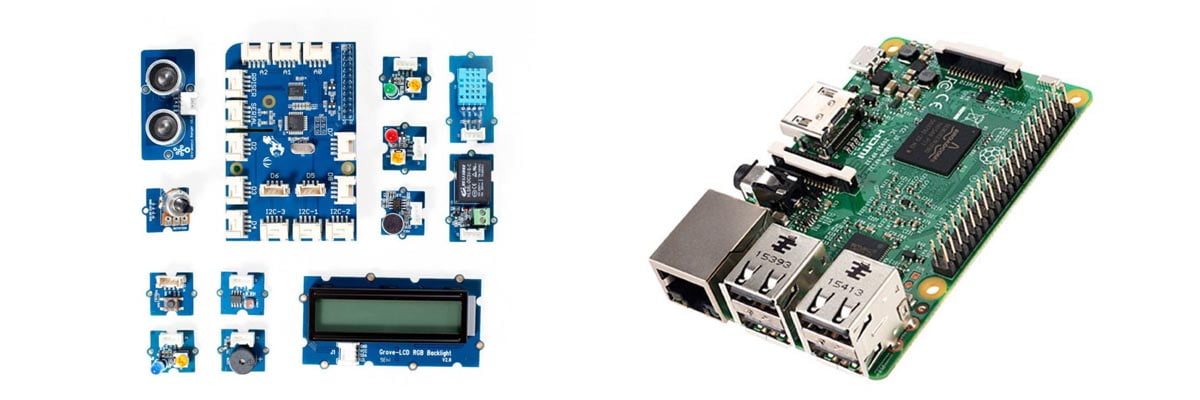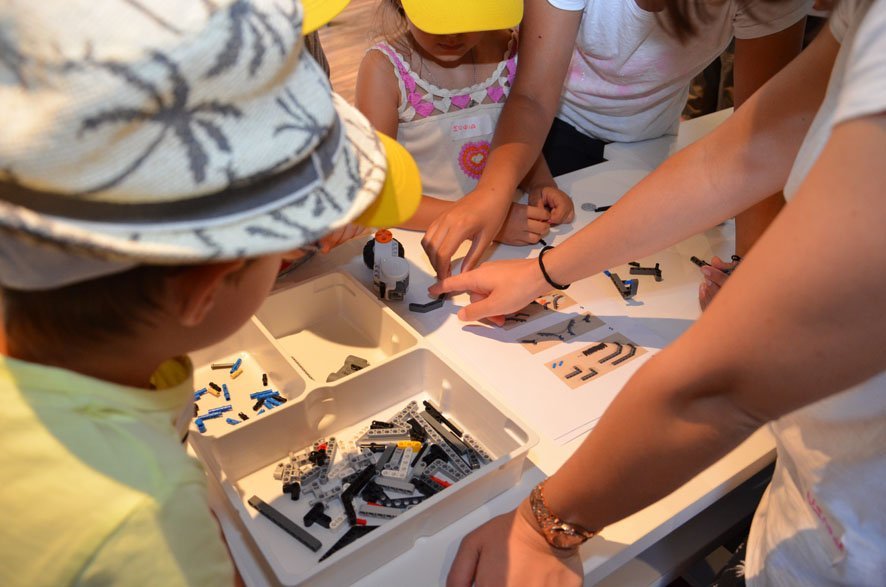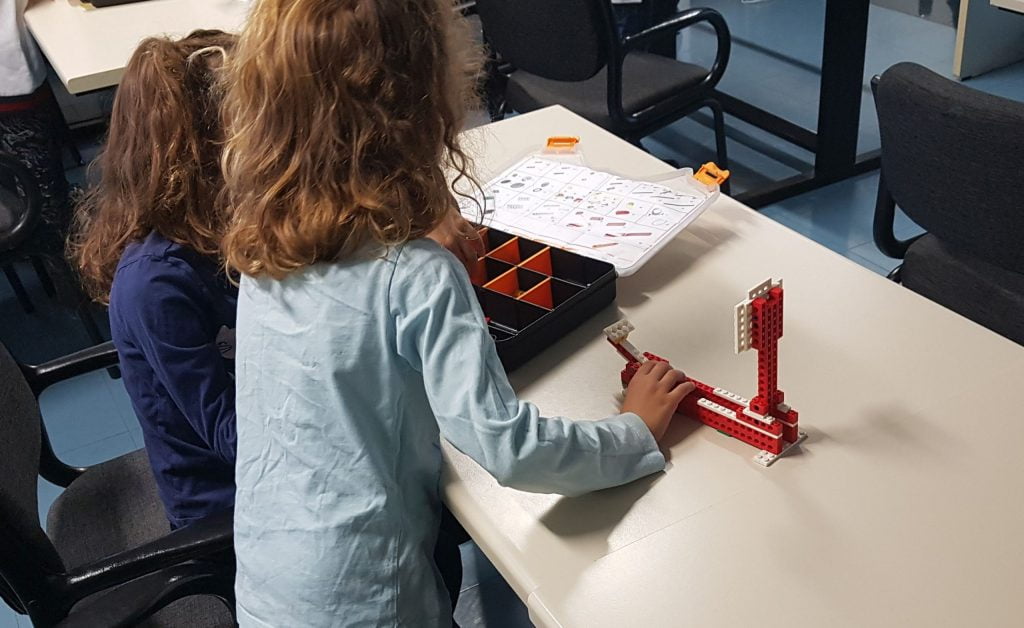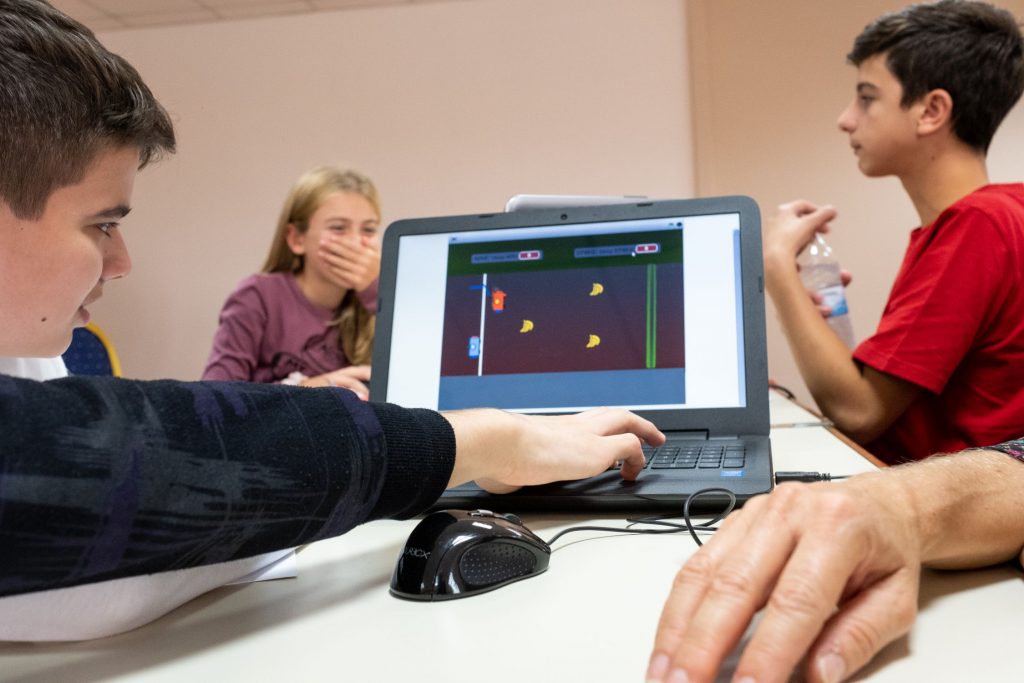The Raspberry Pi Robotics training program is designed for high school students and enables them to get in touch with electronics and programming to create automation and robots that can solve a particular problem. Students learn to collaborate and utilize their skills by constructing simple complicated models as well. They come into contact with programming and by programming learn how to “talk”, give orders to the machines to create a complete automated system. They get also familiar with the operation of mechanisms they encounter in their daily environment and are able to understand their function.
Constructions are made using Raspberry Pi, sensors and computers and all activities are accompanied by specially designed worksheets that allow the students to verify what they learned at both programming and electronics level.
The spirit of the time needs foster specialization, but also imposes the ways people think, and are capable of understanding information and data. In this context, we try to achieve the cultivation of students’ cognitive abilities in robotics and to highlight their programming thinking by implementing programs that complement or exceed the formal curriculum.
Cross-curricular knowledge
- Physics: study of motion, study of the effect of friction, study of the interaction of forces, energy transfer
- Mathematics and Geometry: proportions, distance measurement, understanding of complex geometric properties
- Engineering: construction, examination and evaluation of mechanical solutions
- Technology: understanding of modern technologies
- Operating systems: Introduction to operating systems, understanding of important concepts in order to use them for creating automation programs
- Programming: Introductory concepts, study of input, comparison, repetition
Topics
Section 1: Introduction to Raspberry Pi
Section 2: Scratch as a programming language
Section 3: Multimedia pc and networking
Section 4: Sensors and Automation
Section 5: Predicting the weather
Section 6: World Meteorological Station
Section 7: Self-propelled weather station with Mindstorms EV3





